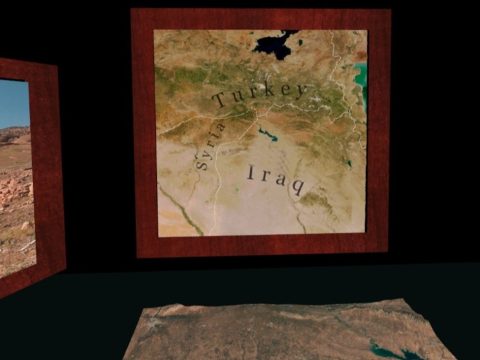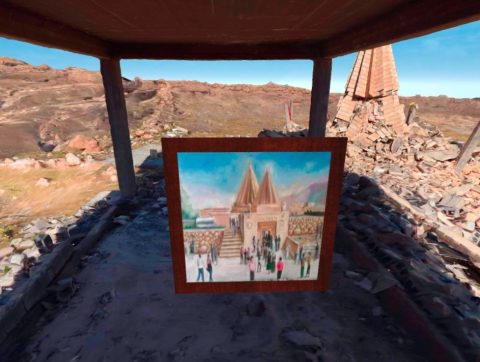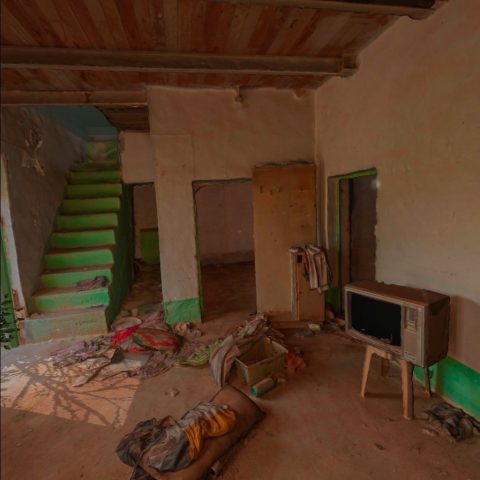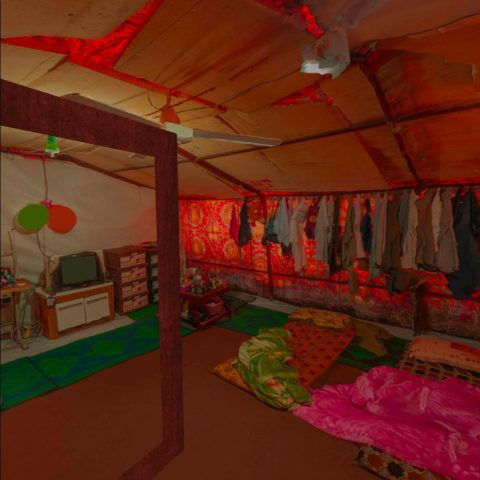
Virtual reality has the potential to create deeply affecting experiences that can help people better understand and empathize with events around the world. By putting users in the middle of a scene, VR can create a sense of presence and emotional connection that is difficult to achieve through other media.
The “Nobody’s Listening” VR experience is an example of how this technology can be used to educate people about important (recent) historical events and raise awareness about human rights issues. By telling the story of the genocide of Yazidi villagers in northern Iraq by ISIS in 2014, the experience can help people understand the scale and brutality of the violence that took place.
It does this by delivering the narrative in the voice of actual people who lived through it. We get to stand within the scenes in a mixture of photogrammetry and 360 videos. You can walk around and see things up close. The quality is good, though not as good as commercial offerings like Blueplanet or Brink Traveler. Since this isn’t a commercial venture, it’s not too surprising.
To experience this, you’ll need to attend an in-person exhibit which limits it a bit, but it’s part of a larger installation with physical artwork and artifacts as well. I wasn’t able to attend an event, but they were kind enough to send me the VR files to review. It’s a powerful story that deserves to be told and I’m grateful to have had the opportunity to experience it.
Stories like this may not be everyone. It is important to recognize that they can be emotionally intense and potentially triggering for some users. As with any form of media, it is important to approach VR experiences with care and sensitivity, particularly when dealing with traumatic subjects. It is also important to ensure that the use of VR does not become a substitute for more tangible forms of action and support for those affected by such events.




Event link: https://www.vrvoyaging.com/event/nobodys-listening/

